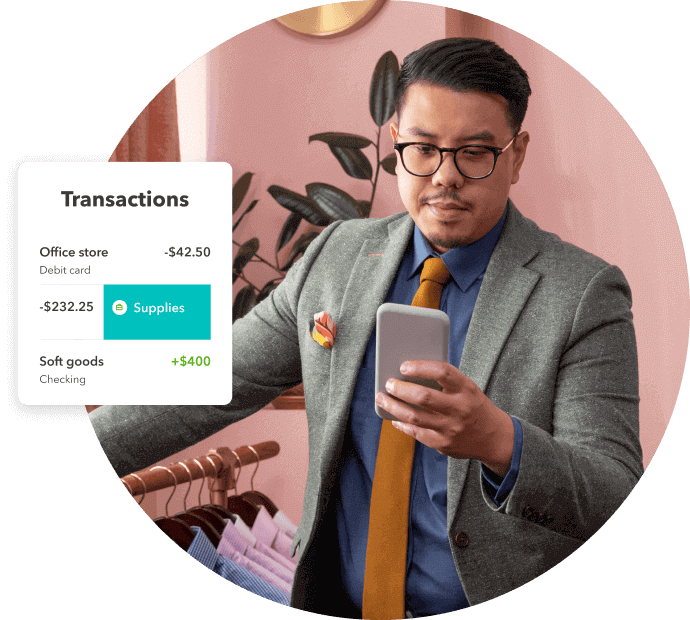Create a Business Plan
Successful businesses don’t often achieve success by accident; they usually thrive as the result of an excellent business plan. The very first part of your business plan for daycare facilities should detail who you are and what you intend to achieve, providing readers with a succinct overview of your intentions.
When creating a business plan for your daycare business, you should research your consumer base, in this case, parents looking for childcare solutions, and outline several marketing ideas. After that, you present how you will make your money from your consumer base, and how much money you expect to make within the first year, two years, or more. The most effective business plans are living documents, so they get updated with fresh information and new projections as entrepreneurs go along.
Don’t forget to identify how you will structure your business, as your business structure, whether a sole proprietorship, partnership, or corporation, will dictate your tax filing status. This is especially important for obtaining certain tax credits that can help you reduce your tax payments overall.
Choose the Location of your Child Care Business
Part of your daycare business plan should cover the location of your business. Will you operate your childcare services out of your own home or at another property on-location? There are advantages and disadvantages to both options.
Benefits of an in-house daycare include being able to stay home with your own young children, not having to commute to work and a more leisurely morning routine. Drawbacks might include making your entire home child-friendly and sacrificing family time when parents run late.
Advantages of a more spacious on-location daycare include the ability to host a larger number of children and potentially employing other people to help share the load. Possible disadvantages might include having to purchase the day care location, the commute, and more complex licensing laws.




